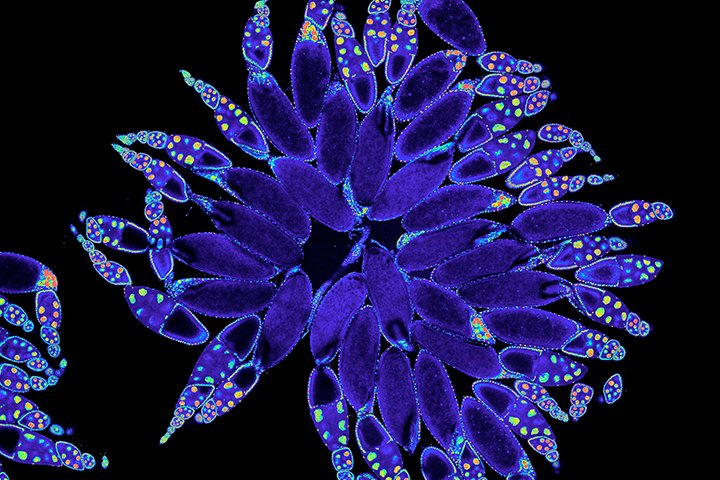Module 4 | Adult Stem Cells and Regeneration
Introduction and Learning Objectives:
Module 4 concentrates on adult stem cells and their function. Students will be exposed to adult stem cells and how they maintain tissues during homeostasis and in response to injury, contextualizing the role of endogenous adult stem cells. The module will explore differences in adult stem cell differentiation potential across the animal kingdom and various tissues. Moreover, students will appreciate how, depending on their potency, adult stem cells play diverse functions across species. Finally, the module introduces transdifferentiation and in vitro and in vivo mechanisms to change cell fate.
At the conclusion of this module, students should be able to:
describe different types of adult stem cells and how they were experimentally identified;
design an experiment to test whether a newly identified cell is an adult stem cell;
explain the role of adult stem cells in tissue homeostasis;
categorize adult stem cell potency across different types of mammalian tissues;
compare regenerative potential across species;
hypothesize why the regenerative capacity of adult stem cells varies widely among different tissues and species;
design experiments to test whether unique characteristics of highly regenerative adult stem cells could be applied to enhance regeneration of adult stem cells with little ability to regenerate;
develop testable hypotheses around how adult stem cells could be used in the clinic.
Core Concepts
Tissue regenerative capacity
Regeneration in planaria, zebrafish, axolotl, and mammals
Facultative stem cells
Transdifferentiation
De-Differentiation and plasticity
Module 1 | Introduction to Stem Cell Biology
Module 2 | Introduction to Development
Module 3 | Pluripotency and Preprogramming in vitro
Module 4 | Adult Stem Cells and Regeneration
Module 5 | Directed Differentiation and Transdifferentitation
Module 6 | Leveraging Tools to Study Stem Cell Biology

